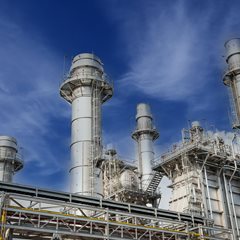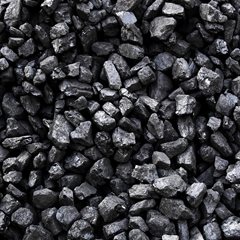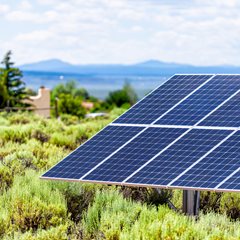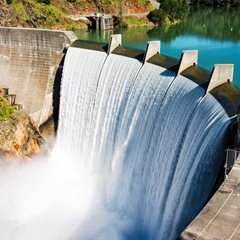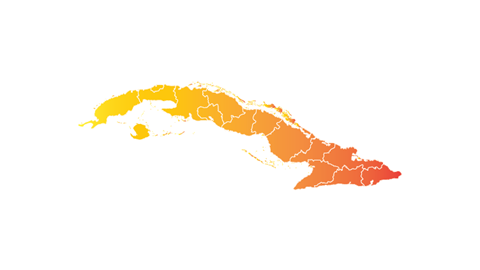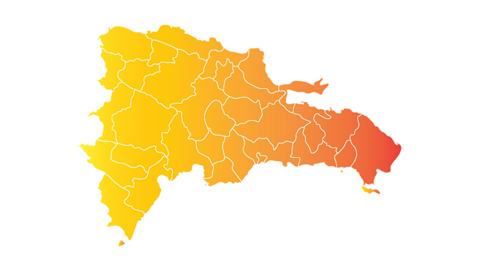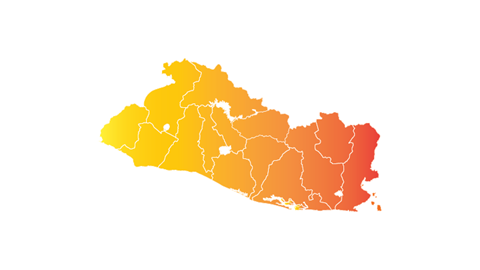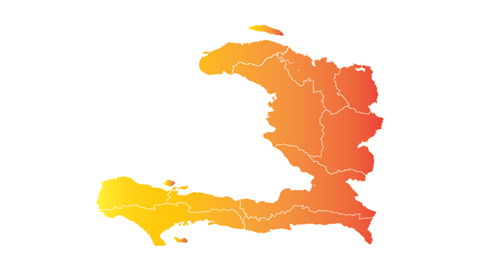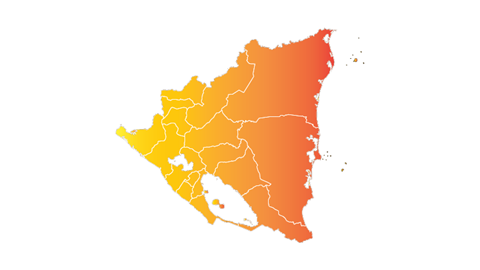Panama
Critical minerals, policy, and the energy transition
The Energy Transition in Panama
Panama’s energy transition is shaped by its strategic role as a regional logistics hub and its commitment to diversifying its energy mix, enhancing energy security, and reducing greenhouse gas emissions. The country’s electricity generation is already well diversified, with approximately 70% from renewables, primarily hydropower, followed by solar PV, wind, and biomass. Panama’s Energy Transition Agenda 2020–2030 and National Energy Plan outline policy commitments to expand renewable energy, improve energy efficiency, and promote distributed generation, particularly in remote and underserved areas. The National Secretariat of Energy leads the implementation of these policies, while private sector investment plays a key role in scaling renewable projects. Panama possesses a mining sector focused on copper, particularly through the large Cobre Panamá project, which is among the world’s largest copper mines. However, Panama does not produce lithium, cobalt, nickel, or rare earth elements, remaining reliant on imports for these critical minerals essential to renewable technologies and battery storage. Challenges include hydropower vulnerability to drought, regulatory hurdles, and the need for greater grid flexibility. Yet Panama’s strong renewables base, strategic location, and regional power integration through SIEPAC position the country as a Central American leader in clean energy transition and sustainable economic development.
Latest news and insights
Stay ahead in the energy transition with SFA (Oxford)’s cutting-edge insights into how logistics infrastructure, energy interconnection, ESG policies, and canal-driven strategy are shaping Panama’s regional energy leadership.

Critical minerals could make the next outage permanent
18 November 2025 | Jamie Underwood, Ismet Soyocak
Cloudflare’s outage disrupted 20% of global web traffic, spotlighting the internet’s vulnerability to centralised systems, and the critical minerals powering them.
Panama's international economic, trade, and security alliances
Panama's energy and power mix
The journey of Central America and The Caribbean's critical minerals
Central America's progress in renewable energy is anchored on essential minerals like lithium, nickel, cobalt, PGMs, rare earths, and minor metals. These are crucial for advancing low carbon and future technologies, backed by policies promoting sustainable mining and innovation. This strategy emphasizes the significance of these minerals in paving the way toward a sustainable and energy-secure future. Learn how these critical minerals are fundamental to Central America's transition to sustainable energy.




Meet the Critical Minerals team
Trusted advice from a dedicated team of experts.

Henk de Hoop
Chief Executive Officer

Beresford Clarke
Managing Director: Technical & Research

Jamie Underwood
Principal Consultant

Dr Jenny Watts
Critical Minerals Technologies Expert

Ismet Soyocak
ESG & Critical Minerals Lead

Thomas Shann Mills
Senior Machine Learning Engineer

Rj Coetzee
Senior Market Analyst: Battery Materials and Technologies

Franklin Avery
Commodity Analyst

How can we help you?
SFA (Oxford) provides bespoke, independent intelligence on the strategic metal markets, specifically tailored to your needs. To find out more about what we can offer you, please contact us.






